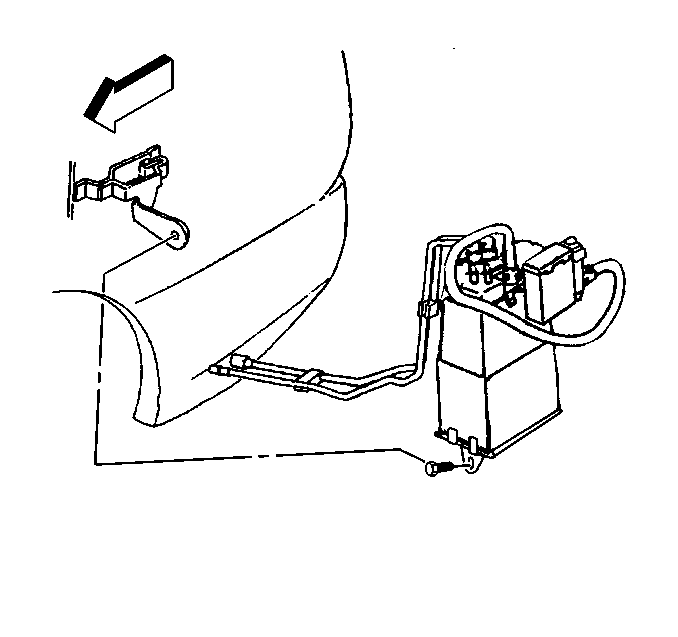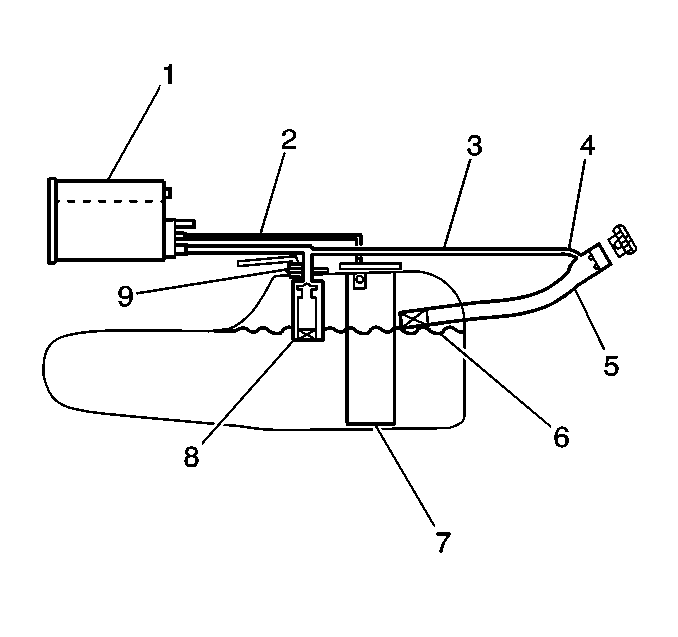Purpose

The basic Evaporative
Emission (EVAP) Control system used on all vehicles is the charcoal canister
storage method. This method transfers fuel vapor from the fuel tank to
an activated carbon (charcoal) storage device (canister) to hold the vapors
when the vehicle is not operating. When the engine is running, the fuel
vapor is purged from the carbon element by intake air flow and consumed
in the normal combustion process.
Enhanced EVAP System Operation
The EVAP purge solenoid valve allows manifold vacuum to purge the canister.
The Powertrain Control Module (PCM) supplies a ground to energize the EVAP
purge solenoid valve (purge on). The EVAP purge solenoid control is Pulse
Width Modulated (PWM) or turned on and off several times a second. The
PCM controlled PWM output is commanded when the appropriate conditions
have been met:
| • | Engine coolant temperature above 25°C (77°F). |
| • | After the engine has been running about 2 1/2 minutes
on a cold start or 30 seconds on a warm start. |
| • | The vehicle is operating in closed loop fuel control. |
Canister purge PWM duty cycle varies according to operating conditions
determined by mass air flow, fuel trim, and intake air temperature. Canister
purge will be disabled if TP angle increases to above 70%. Canister purge
will be re-enabled when TP angle decreases below 66%.
The evaporative leak detection diagnostic strategy is based on applying
vacuum to the EVAP system and monitoring vacuum decay.
The fuel level sensor input to the PCM is used to determine if the
fuel level in the tank is correct to run the EVAP diagnostic tests. To ensure
sufficient volume in the tank to begin the various diagnostic tests, the
fuel level must be between 15% and 85%.
The PCM monitors system vacuum level via the fuel tank pressure sensor
input.
On-board Refueling Vapor Recovery System (ORVR)
EVAP Control System Overview



